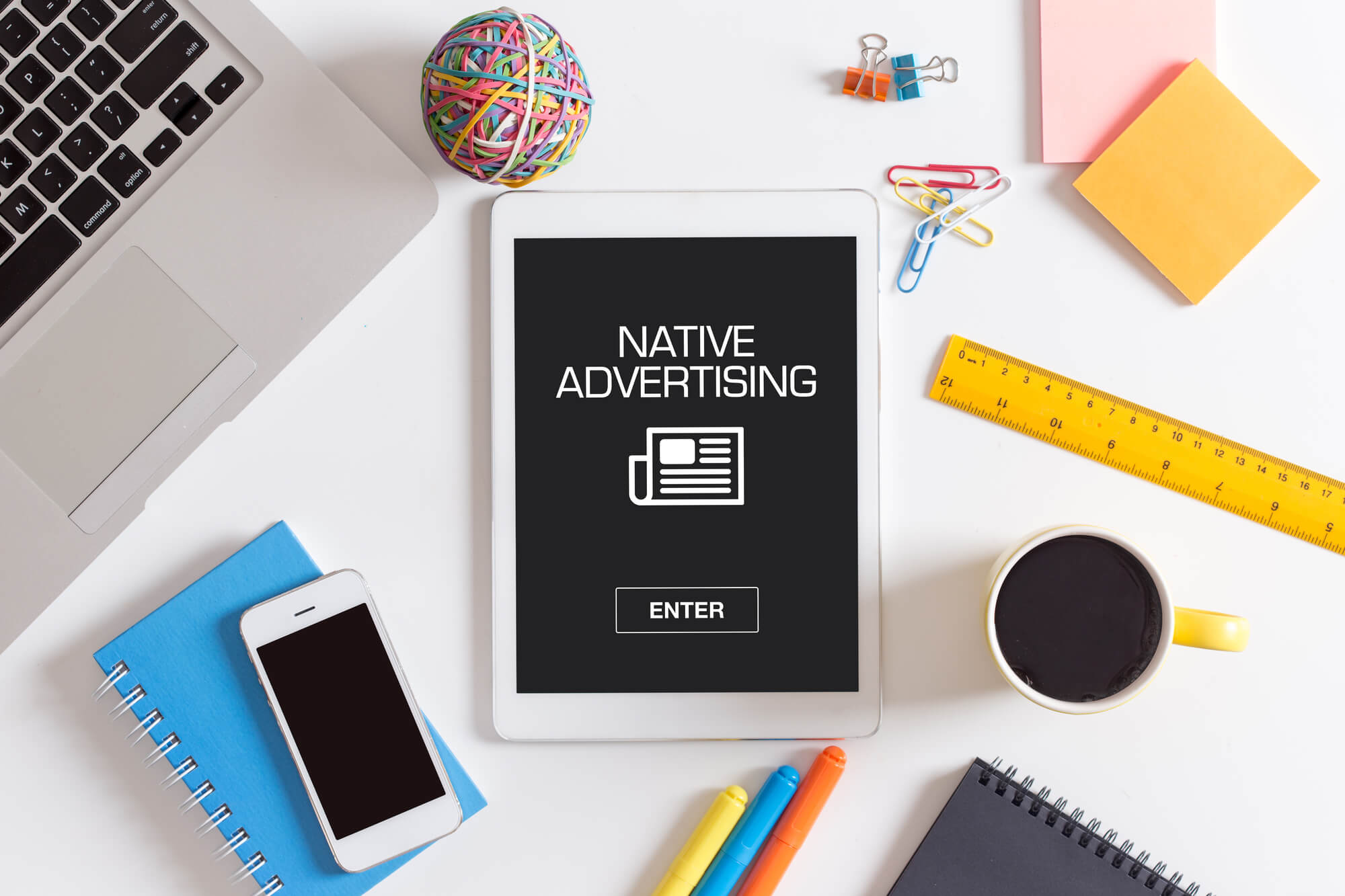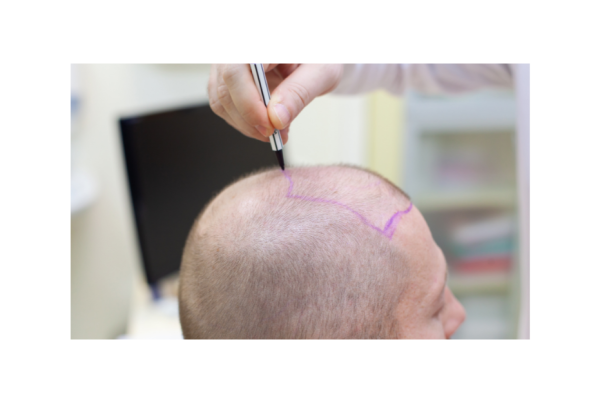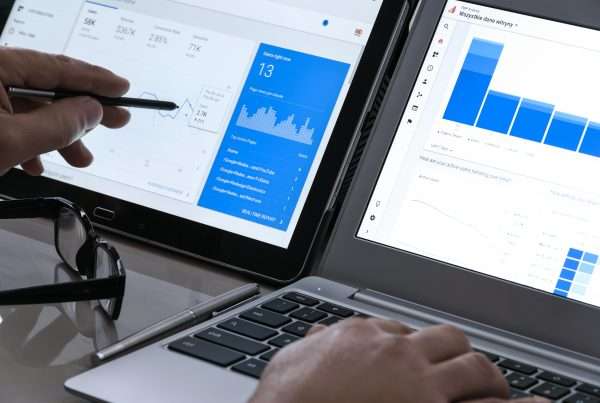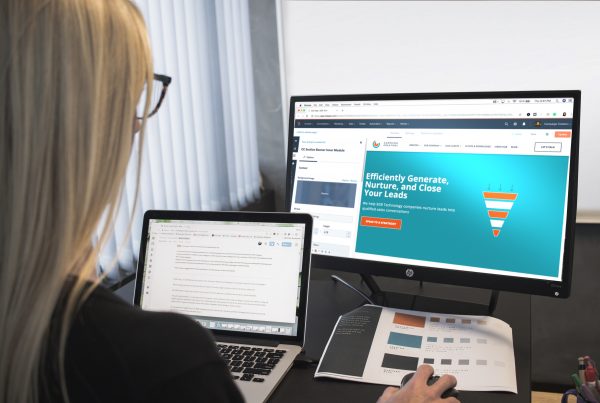The future of advertising is all about going native. But what does it mean to do native advertising, exactly? How can marketers make the most of native ads without busting their budget?
The Global Marketing Alliance estimates the native ad market will be worth an astounding $85.5 billion by 2020. Although they’ve only been around for a few years, native ads are changing how marketers advertise their brand.
Native ads are incredibly successful, and yet, few marketers use them. Or, even if marketers use native ads, they aren’t sure what best practices to follow.
Native ads give your audience a quality experience that increases your conversions. The problem is that many advertisers don’t use the right strategy or design for their native campaigns. Because of that, native ads haven’t gained widespread adoption just yet.
But these ads will be mainstream in just a few years. Learn more about the importance of native advertising. Implement it today to stay ahead of the curve for your brand.
What Are Native Ads?
Native ads are a type of ad unit. They appear on a variety of different ad networks, across the web, in apps, and on publisher sites.
In this way, native ads are very much like other PPC campaigns. However, they have one huge difference: their appearance. Native ads vary in size, shape, and orientation when they render on a publisher’s site.
Native ads are the chameleons of advertising. Their size, font, and style change to closely match their publisher sites.
If you run a native ad, you might see it popping up on Forbes in their style, and then later on Business Insider. The ads seamlessly appear within the design of their publishing site, blending in without interrupting the user experience.
Marketers have a laundry list of ad placements to choose from for their native ads.
1. In-feed ads
In-feed is the most popular native ad format. In-feed shows sponsored content in a user’s feed. It looks like a normal post so it doesn’t disrupt the user experience.
In-feed is most popular on social networks. If you’ve ever run ads on Facebook or Twitter, you’ve done in-feed native ads.
2. Recommendations
If you run a blog or a content site that relies on readership, you need a recommendations ad.
Recommendations are just that—they suggest relevant content to your audience. This ad connects users with relevant content, while advertisers get more eyes on their brand.
3. Promoted products
eCommerce platforms like Amazon and Etsy offer promoted product native ads.
These ads appear as a user is shopping in an online store. Your ad will appear when a user searches for a related product. In turn, your ad will show like a normal product listing in the store, encouraging a customer to buy from you.
The Importance of Native Ads
The key to native ads is to give users a more seamless experience. Native ads make annoying, flashy banner ads a thing of the past. No matter where your ad shows, it’s going to give users a natural experience.
Native ads are more subtle. Because of that, your ad content has to be on point. When done successfully, consumers are more likely to interact with a native ad than a banner ad.
Because let’s face it: ads can be really annoying. If your users install ad blockers, that means you’re missing out on potential revenue.
Native ads are so important because:
1. They turn heads
Native ads don’t look like spammy banner ads. They blend in with their surroundings.
Because users don’t immediately see them as spam, they’re actually able to look at your ads. That means increased engagement and more conversions for you.
2. They’re shareable
The thing about native ads is that they’re more organic. Instead of talking about your brand, they deliver real value to the user. That’s why native ads are so shareable.
For example, you can write a blog promoting your latest product and how it helps your customers. In turn, your readers share the article with their friends. You can easily amplify your ad’s reach this way with zero additional ad spend.
3. They build relationships
Nobody wants to be marketed to. Instead, your audience wants a relationship.
The first step to genuine, valuable relationships with your audience is through engagement.
Write interesting, interactive ads that pique your customer’s interest. Guide them through your funnel over time and create a relationship before sending them a hard product sell.

How to use native ads
Most marketers are used to display or banner ads. While they share some best practices, there are some very specific actions you need to take for amazing native ads.
Follow these best practices to get the most return out of your native ads.
1. Follow the rules
Native ads run on third-party sites. That’s why it’s so important to start on the right foot.
Always follow your third-party publisher guidelines. You don’t want Facebook to block or pause your campaign because it doesn’t meet their rules.
Know which third-parties you’ll use to place your ad. Start with the platform’s limitations and rules in mind first. This may change the phrasing or direction for your ad.
2. Don’t neglect the landing page
You might be tempted to start an ad campaign without a dedicated landing page. However, the best way to get ROAS is to design amazing landing pages from the start.
Don’t devote your time, attention, and money on native ads if you aren’t leading users to a persuasive landing page.
Once they land on your site, give users a reason to stay. Offer freebies, interesting content, or any other treat that encourages them to stay and engage with you.
Remember to always, always give value. You might not get a ton of sales on day one. But you’ll forge a deeper, more profitable long term relationship with your audience.
3. Copy first
The purpose of native ads is to blend in. Keep this top of mind when you lay out your native ads.
Ruthlessly edit your copy and calls to actions. Images don’t matter quite as much here, so devote your time to the content. If you do want an image, make sure it’s clean and simple.
Leave out super flashy or branded elements that might distract users. Choose the right tone that reflects the landing page where you’re directing users.
Get creative with your copy and titles. Use tools like the Portent Title Maker to come up with new ideas. Just keep the clickbait to a minimum!
The Bottom Line
You might be surprised to learn you’re already using native ads. Facebook, Amazon, and even Google Search ads are native.
However, marketers haven’t quite cracked the code on the amazing capabilities of native ads. At least, not yet. Implement these best practices to your native ads campaign for happier users and higher ROAS. 2020 is nearly here—will you be ahead of the curve?








